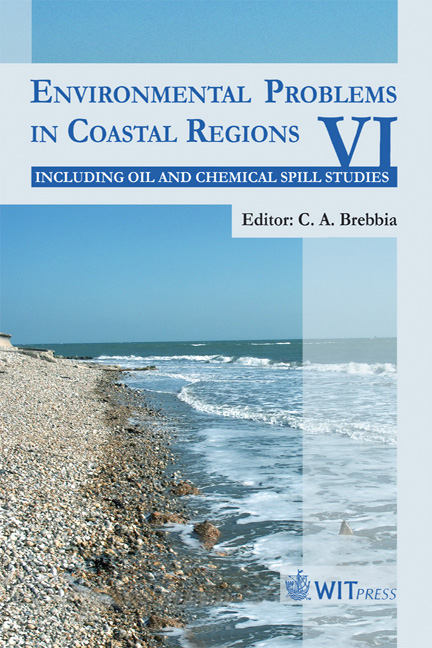Environmental Implications Of The EUrosion Project Recommendations
Price
Free (open access)
Transaction
Volume
88
Pages
14
Published
2006
Size
1,058 kb
Paper DOI
10.2495/CENV060151
Copyright
WIT Press
Author(s)
F. Taveira-Pinto
Abstract
Over the past decades, the number of inhabitants living in European coastal zones has more than doubled. A significant number of assets is threatened by coastal erosion, which affects each year important areas of coastal lands and undermines the defence against coastal flooding. The EUrosion project aim was to provide quantified evidence that coastal erosion in Europe is a problem of growing magnitude and that the current efforts undertaken by public authorities does not succeed in containing. The EUrosion project has resulted in several findings, and a number of proposals were formulated. Some of them can be related to environmental issues which will be analysed in this paper as well as the new Portuguese legislation regarding EIA, trying to give an idea as to how these recommendations could be being incorporated or considered. Despite these recent developments that ensure more restrict criteria be considered for EIA studies, there are still some drawbacks. Keywords: Erosion, EUrosion project, environmental impacts. 1 Introduction Over the past 50 years, the number of inhabitants living in European coastal municipalities has more than doubled, reaching 70 millions in 2001. A significant number of assets are threatened by coastal erosion, which each year affects 15 km2 of coastal lands and undermines the defence against coastal flooding of thousands of square kilometres in land. Within the period 1999-2002, several houses had to be abandoned in Europe as a result of imminent coastal erosion risk and others saw their market value decrease by at least 10%. Other assets such as industrial facilities, agricultural lands, recreational areas and natural habitats are also at risk of coastal flooding.
Keywords
Erosion, EUrosion project, environmental impacts.





